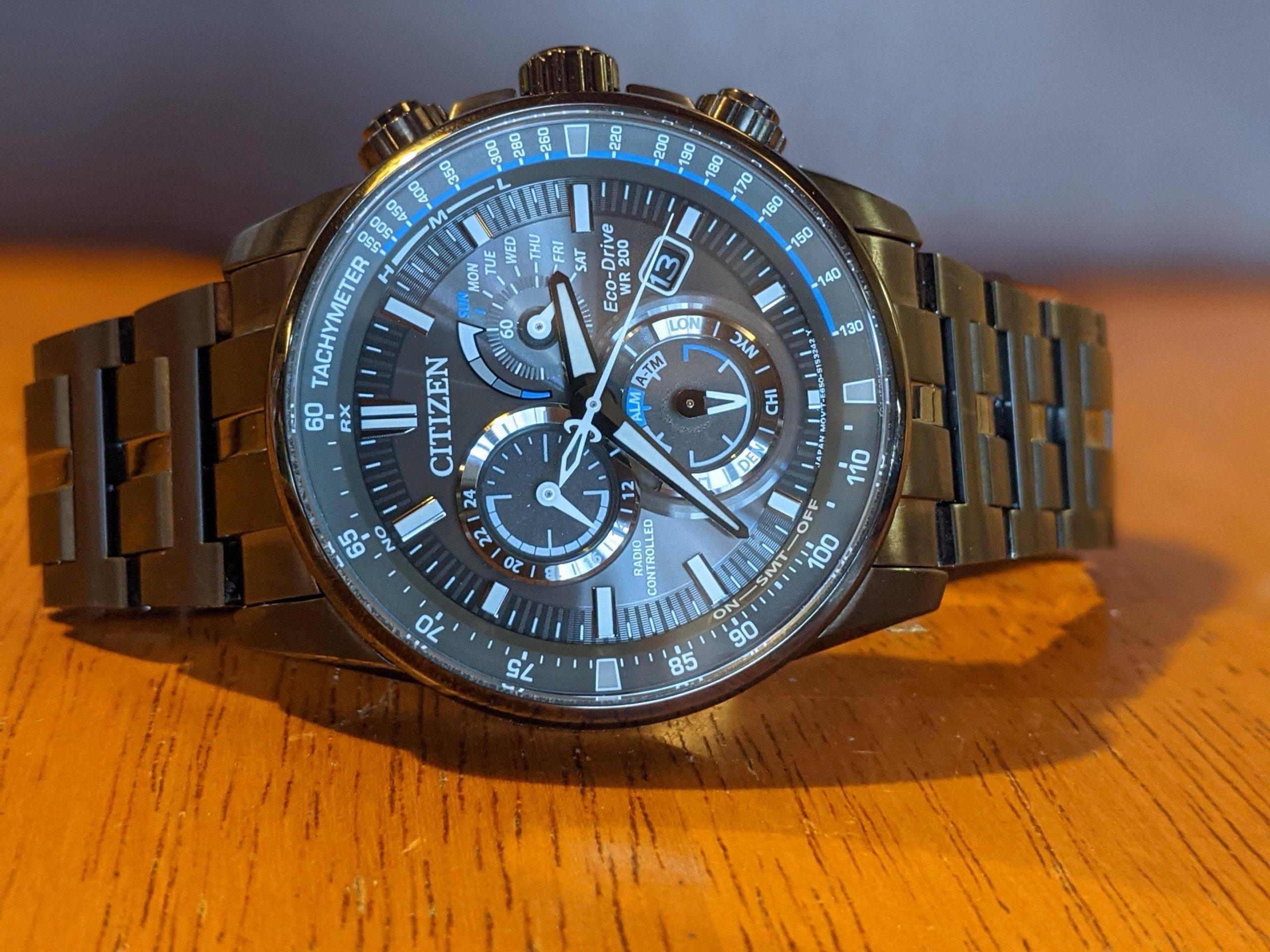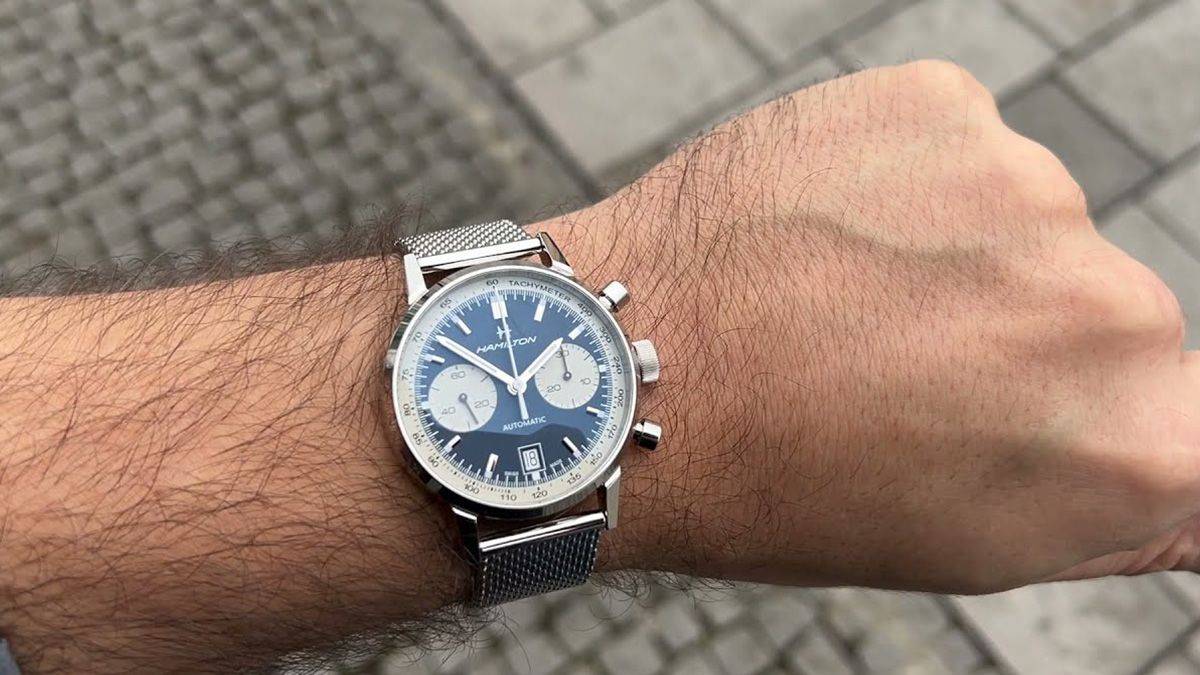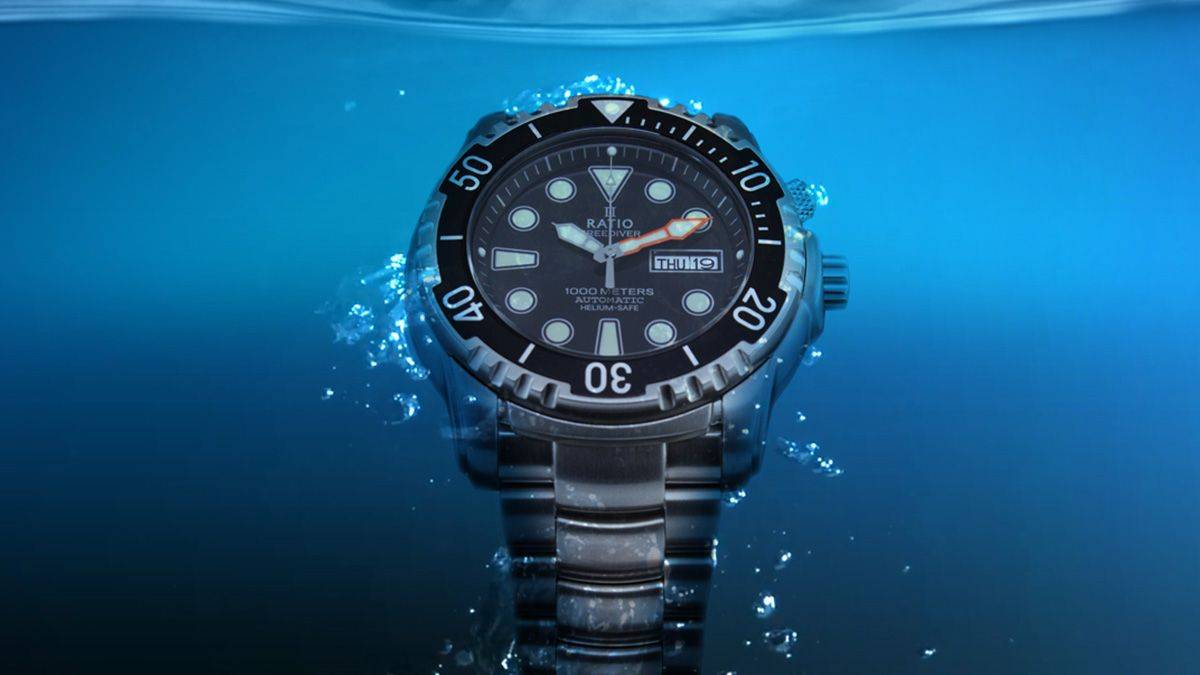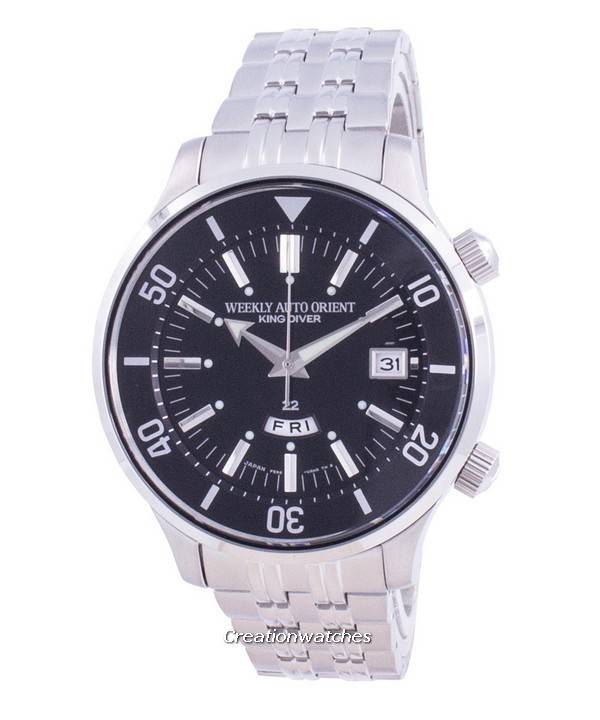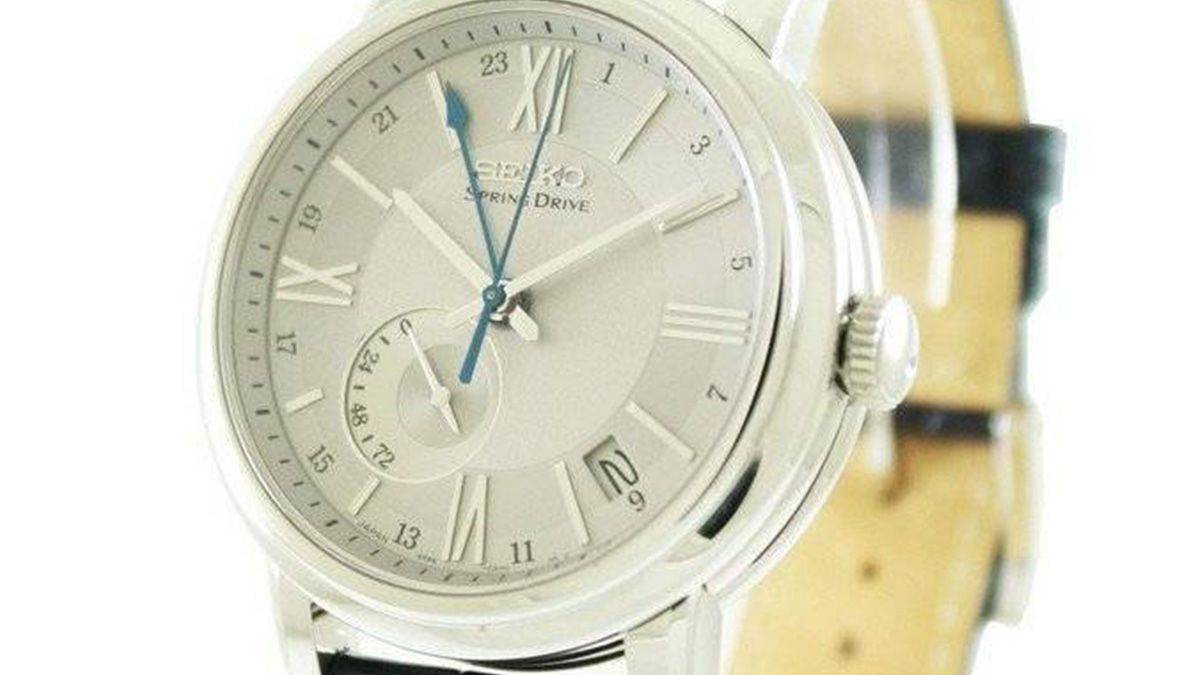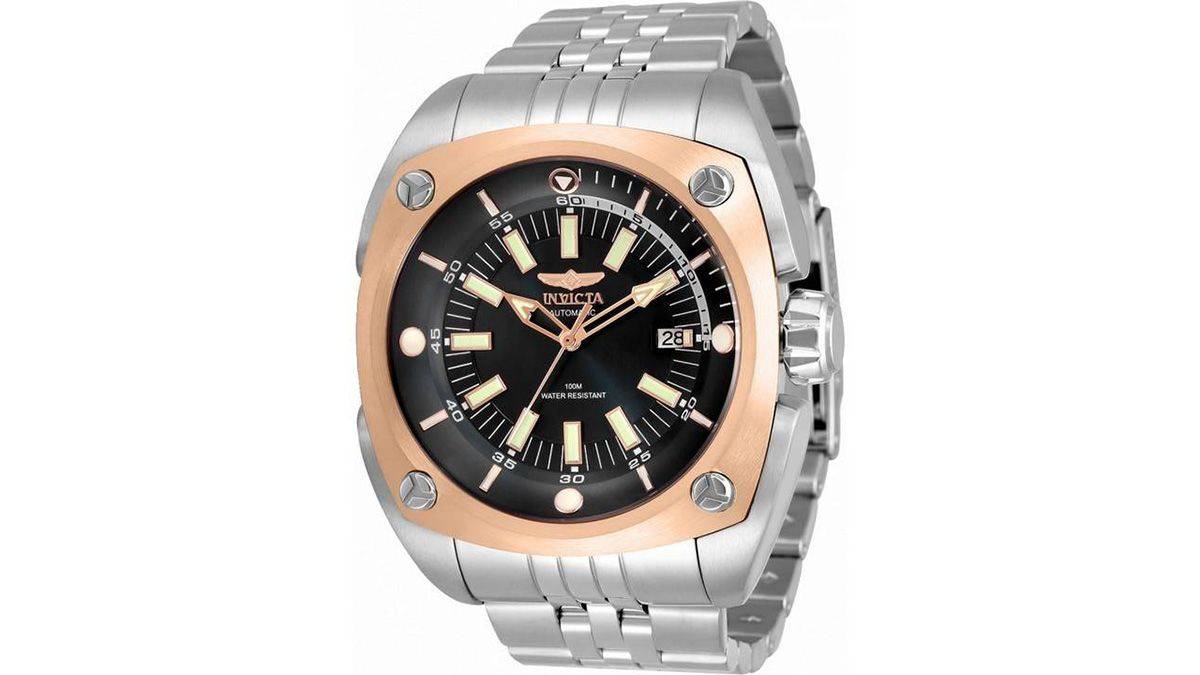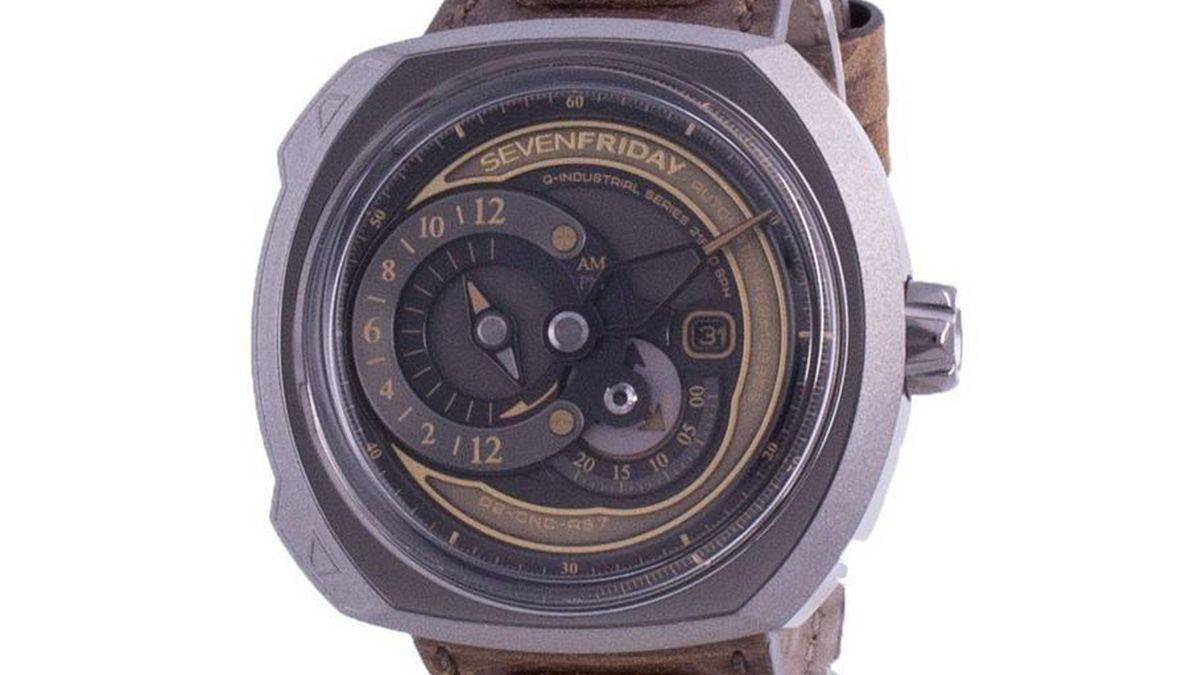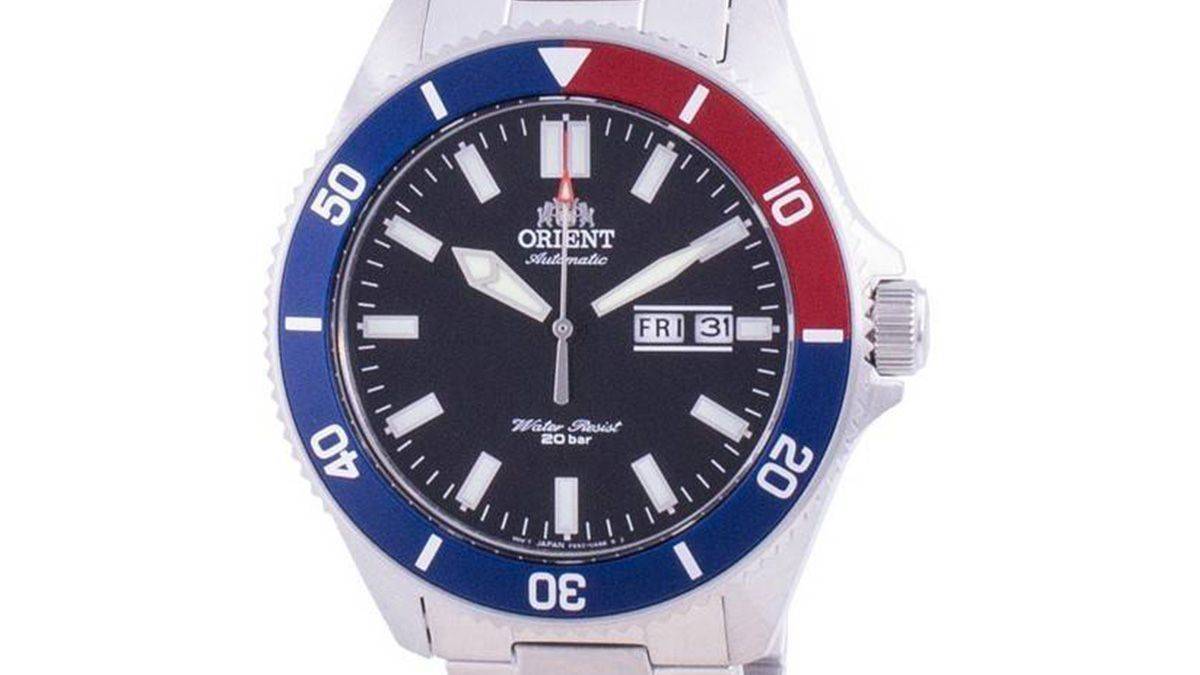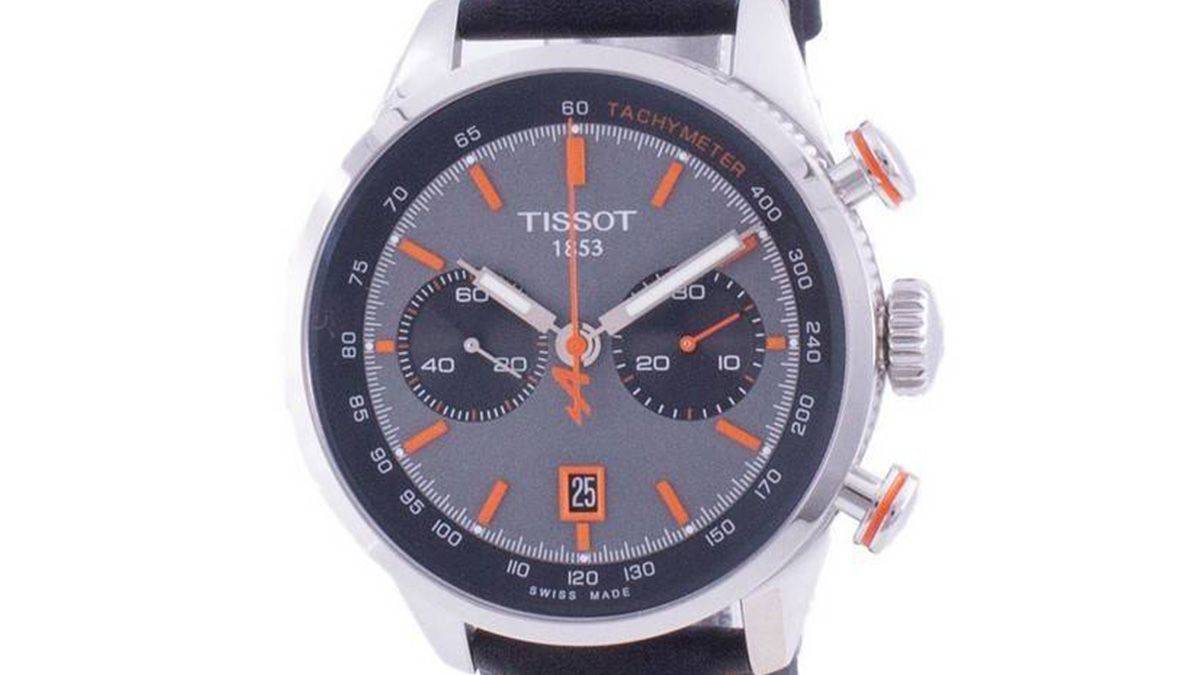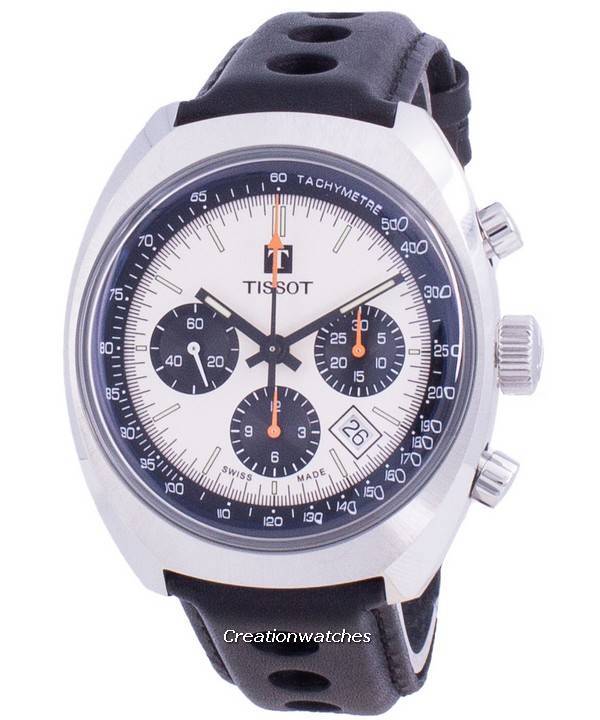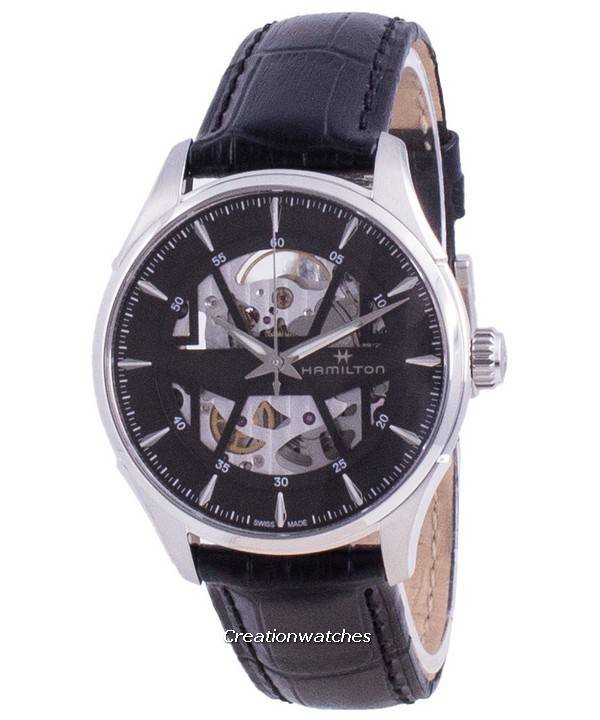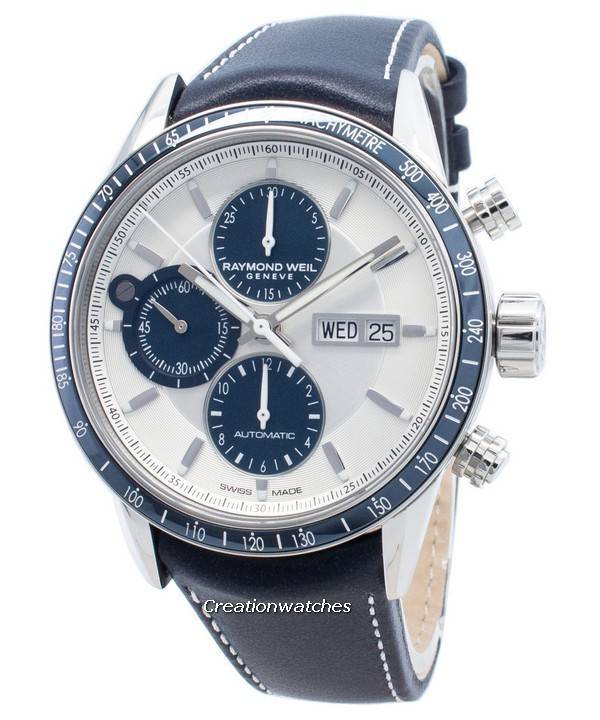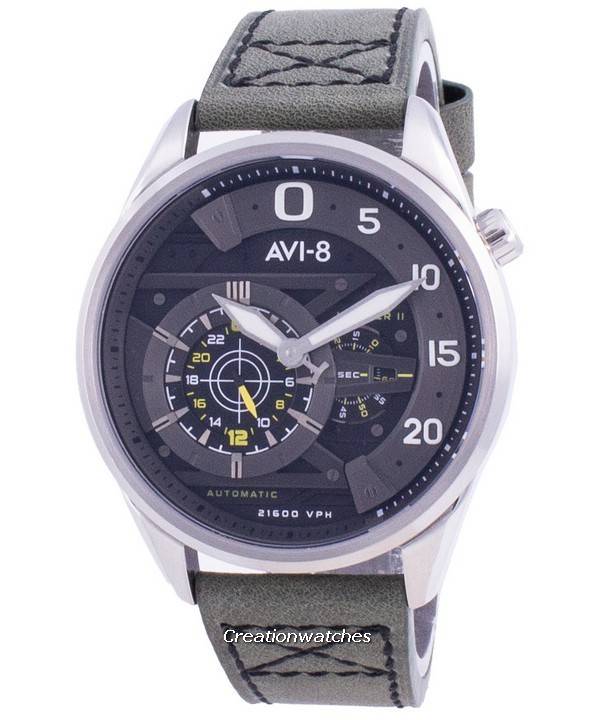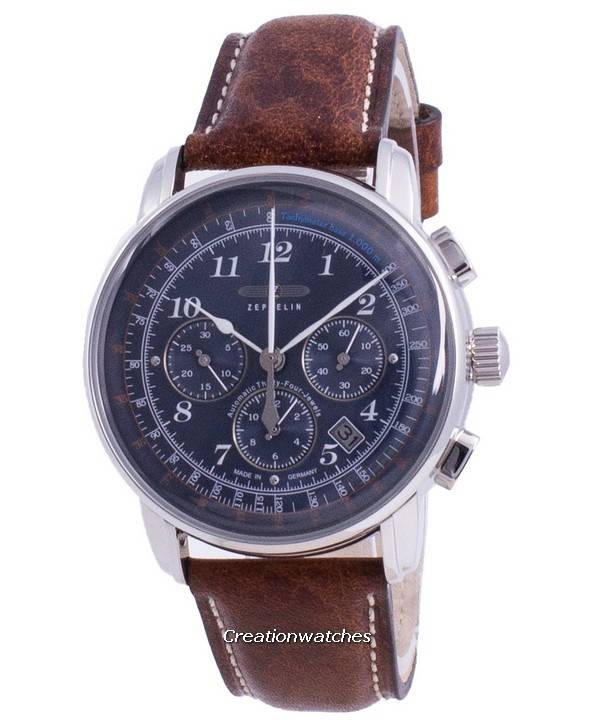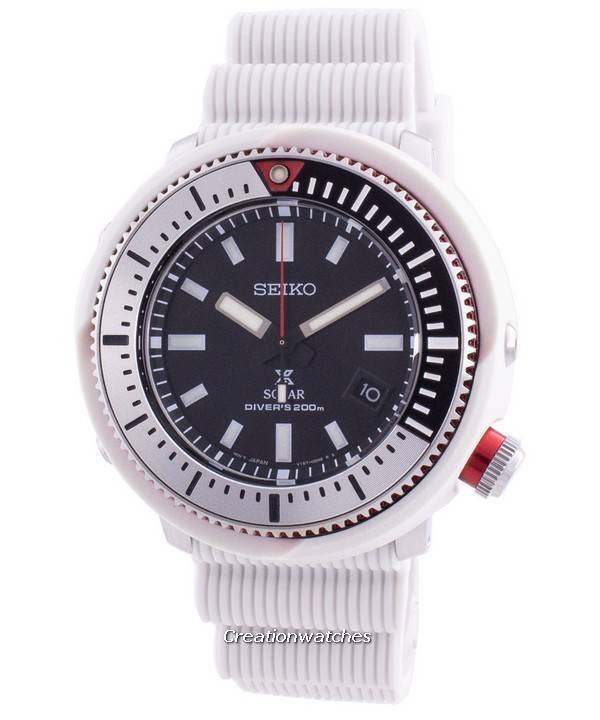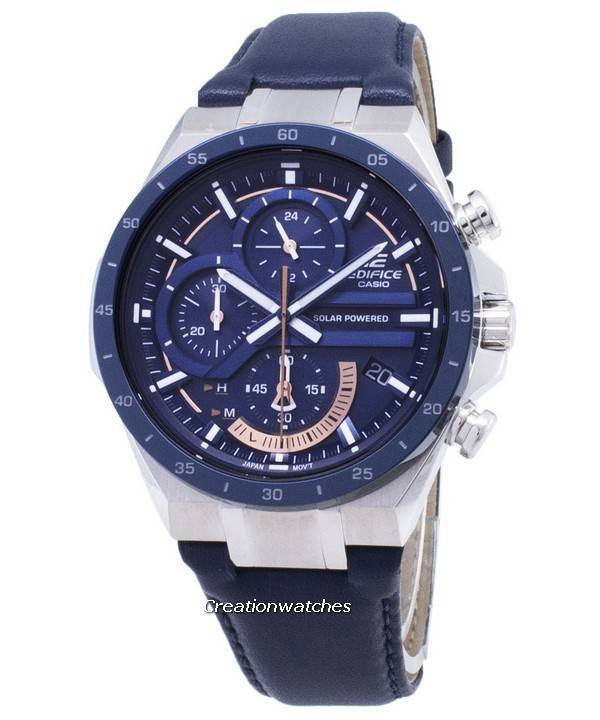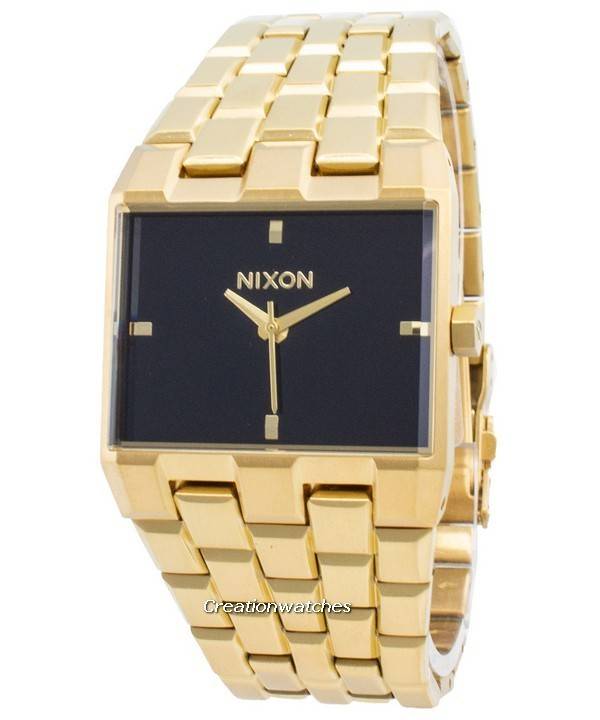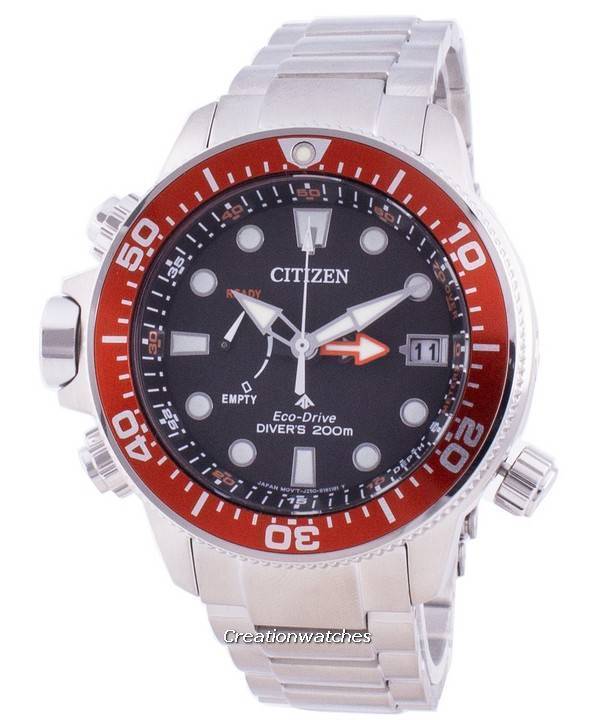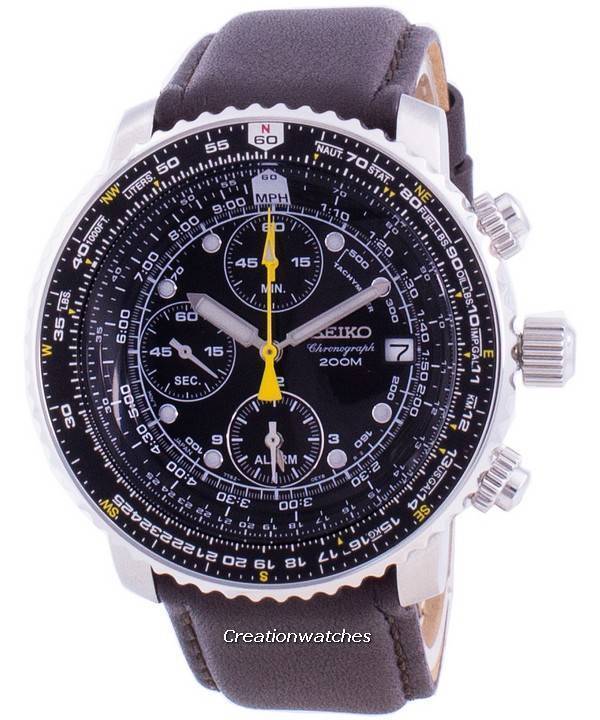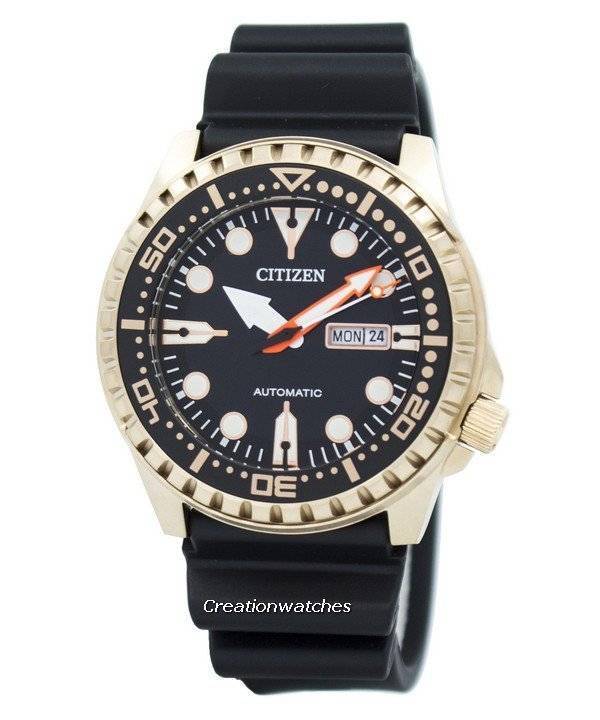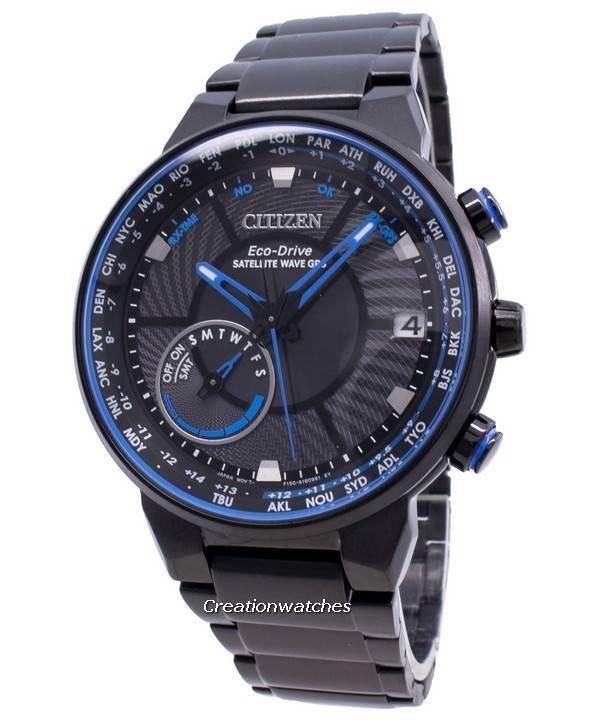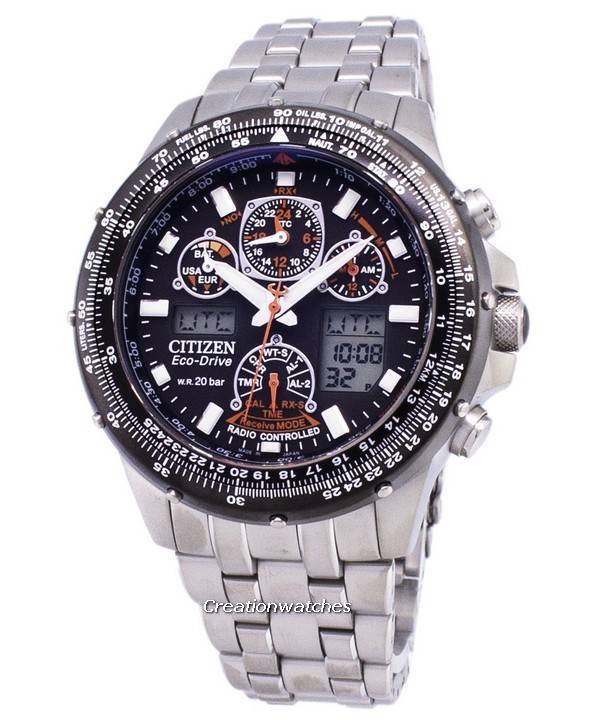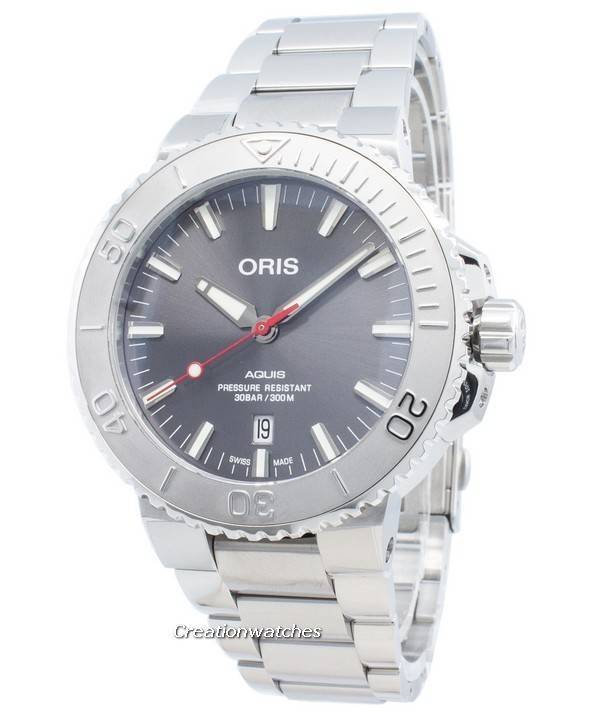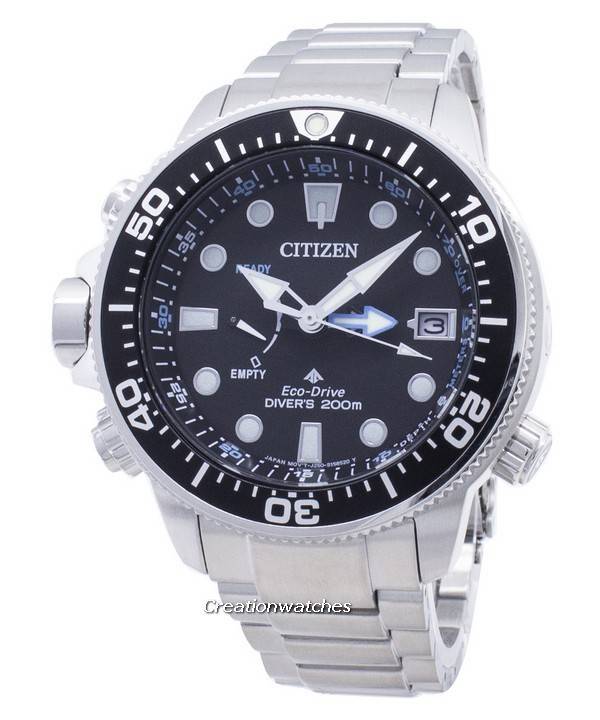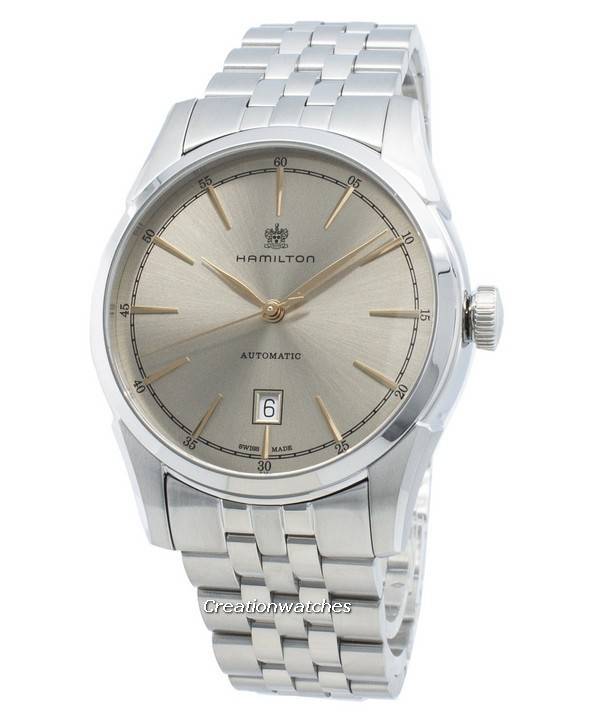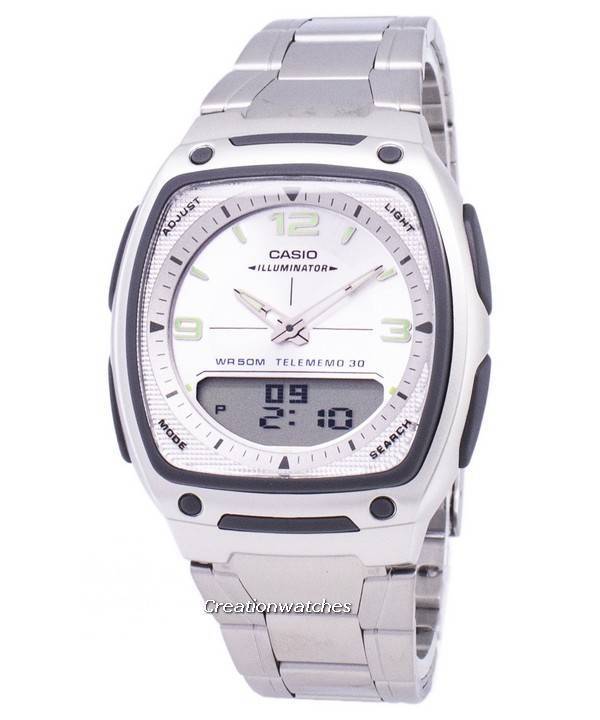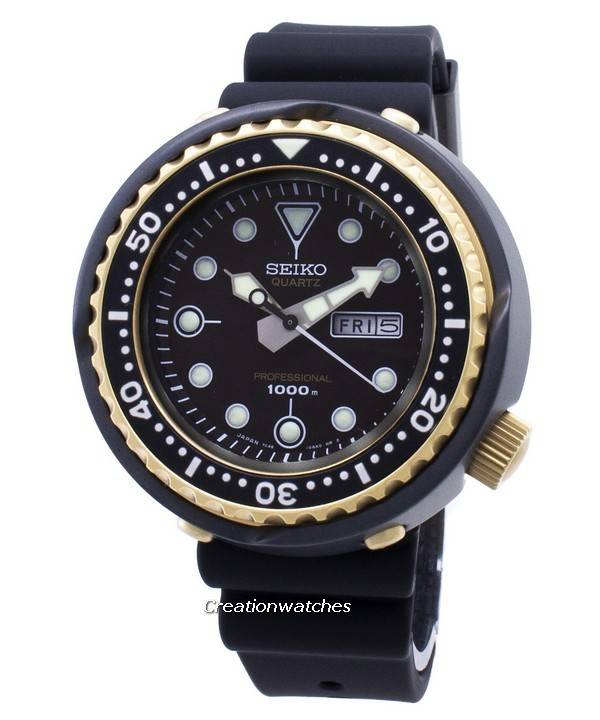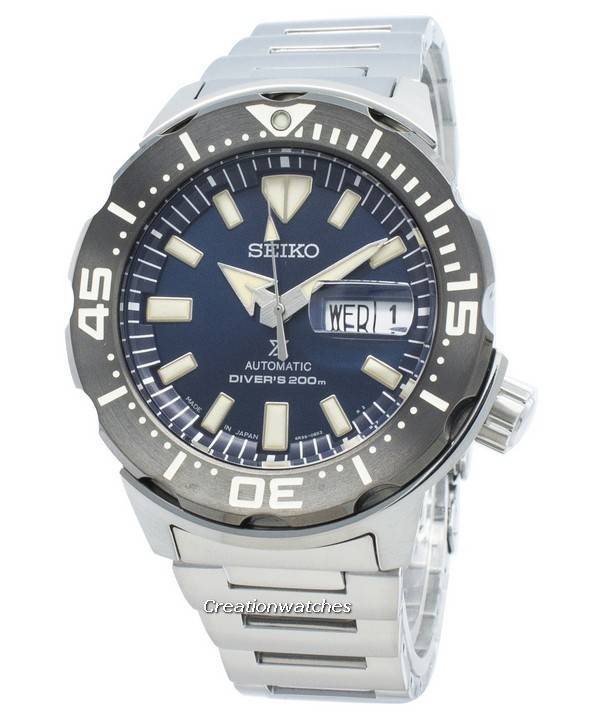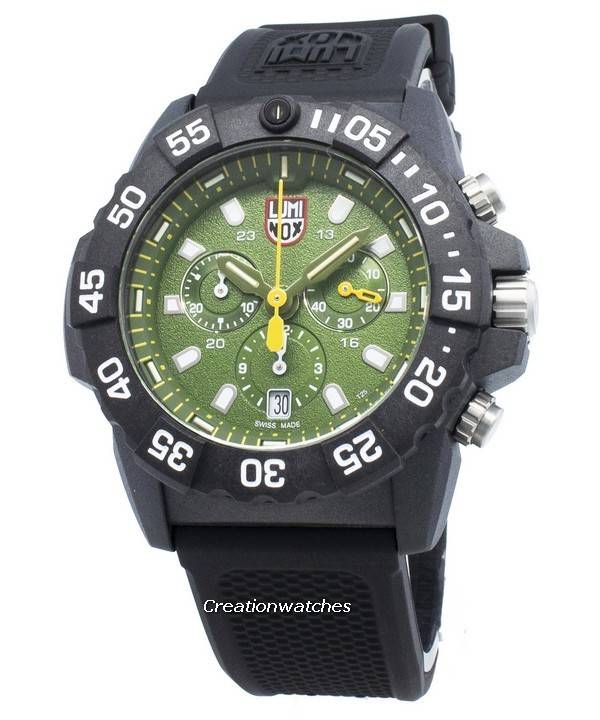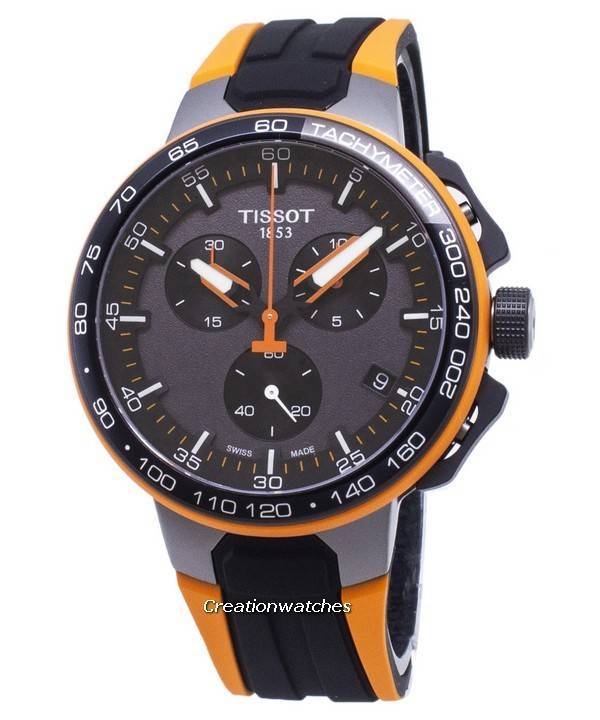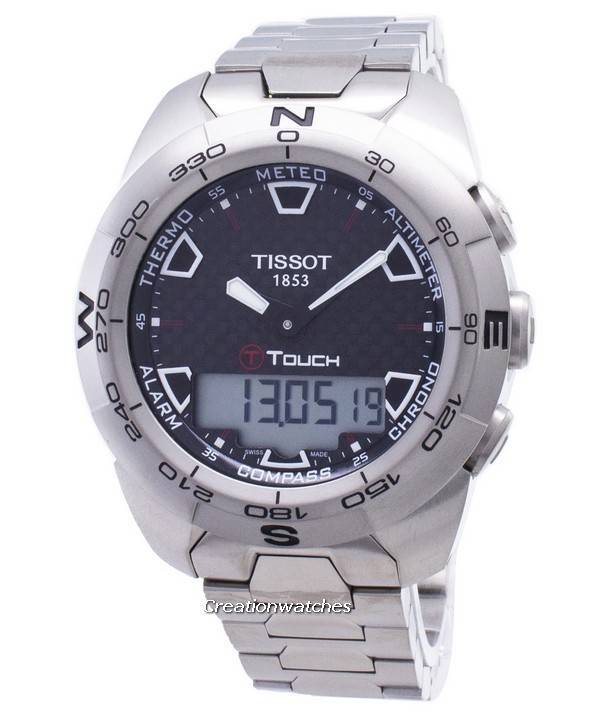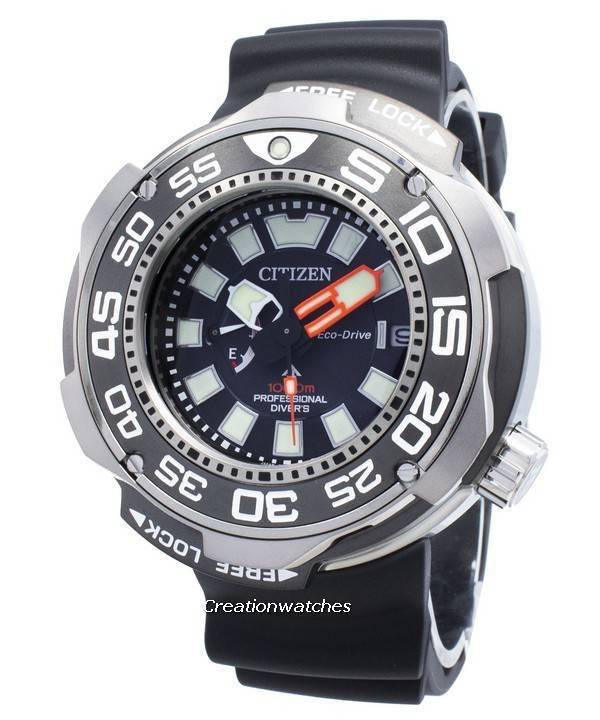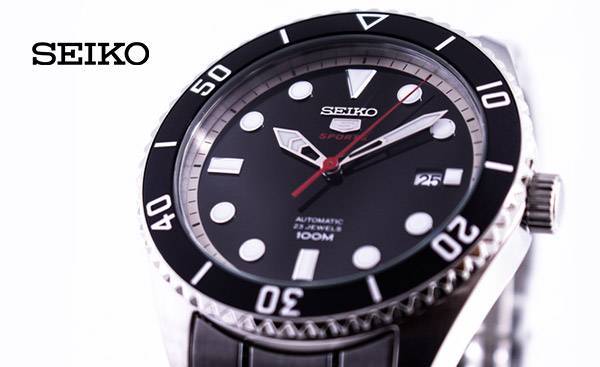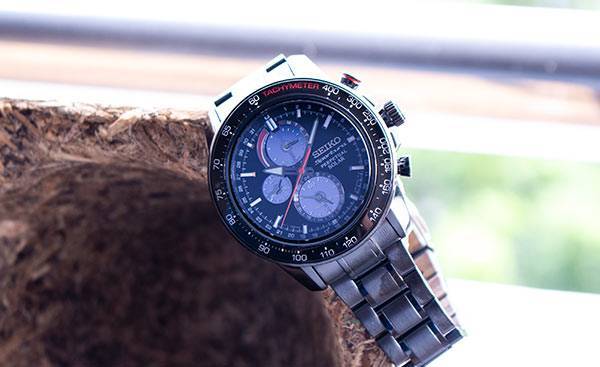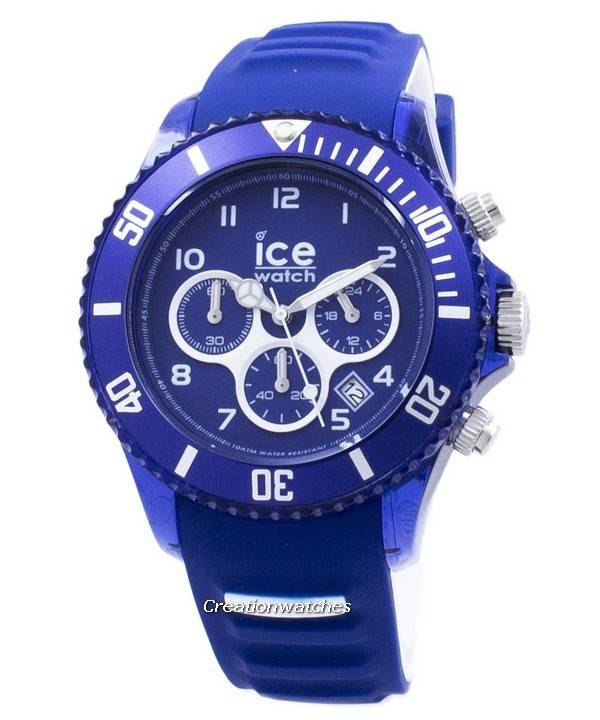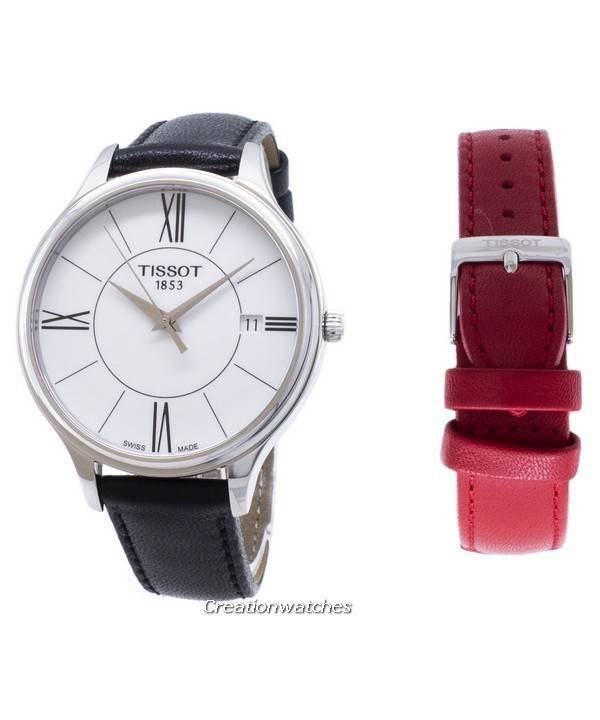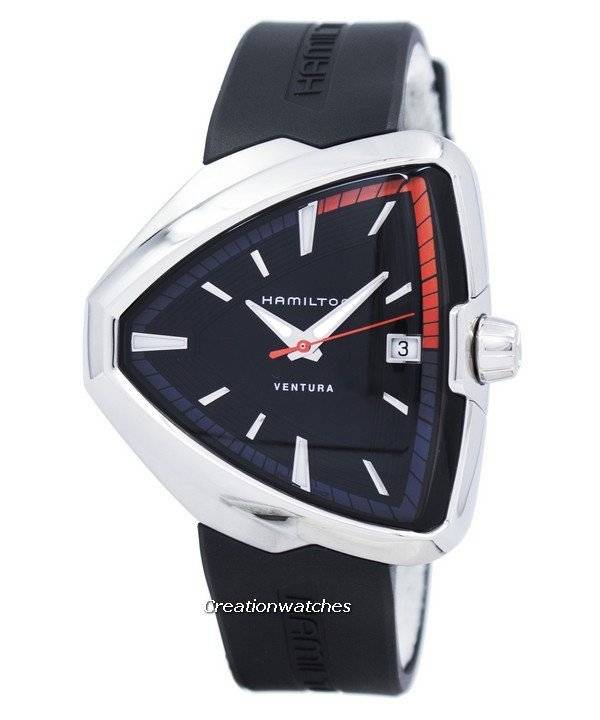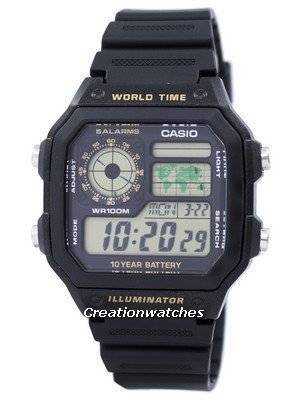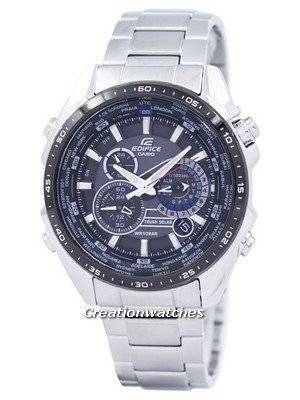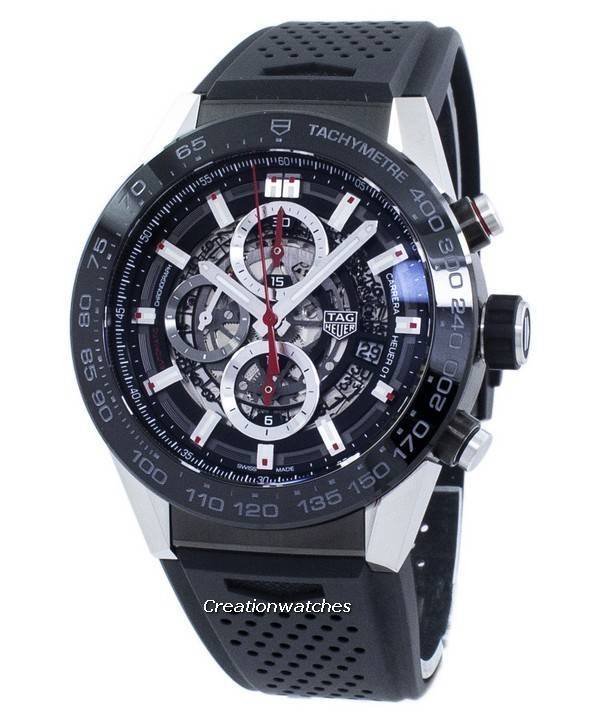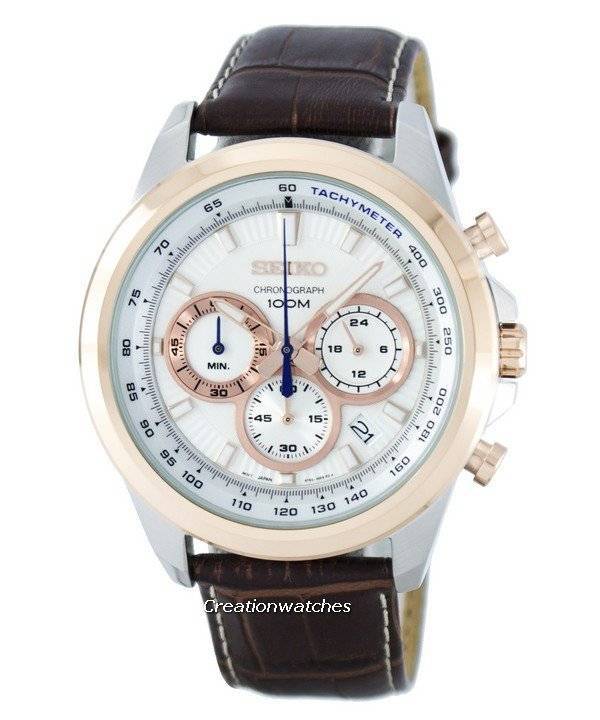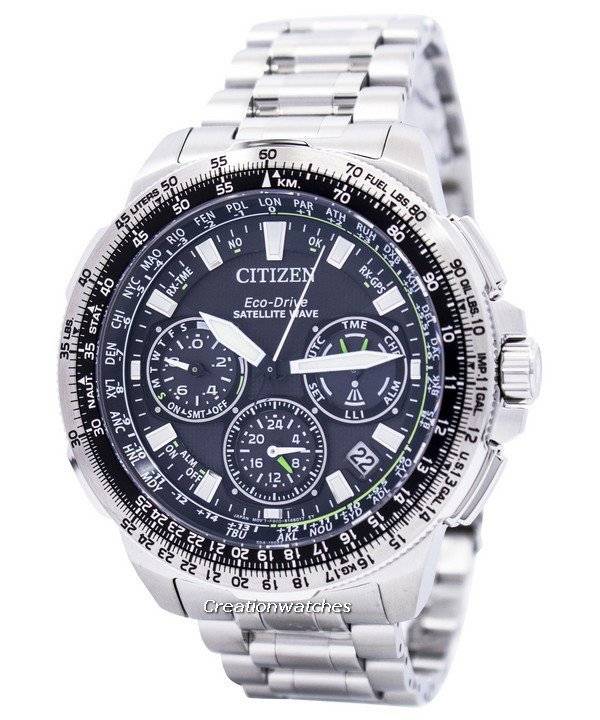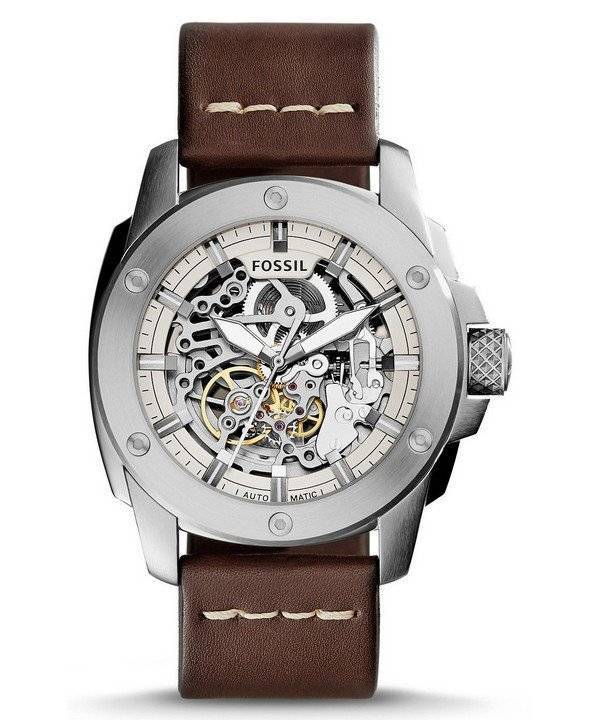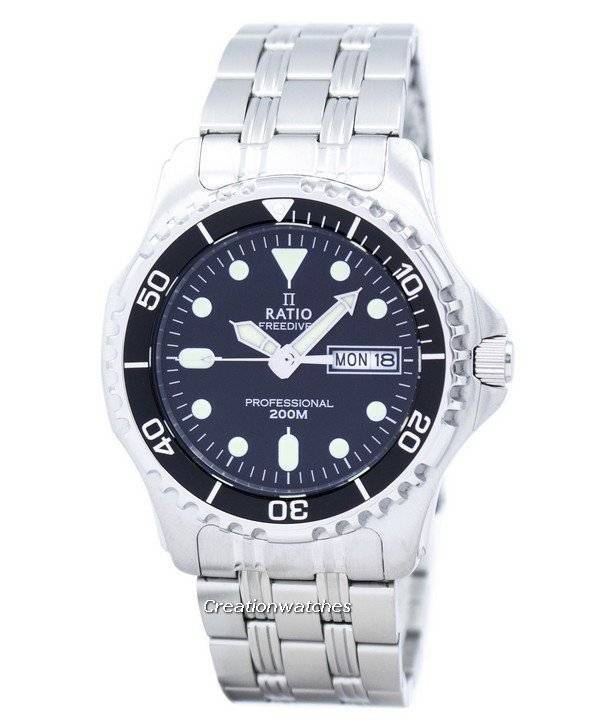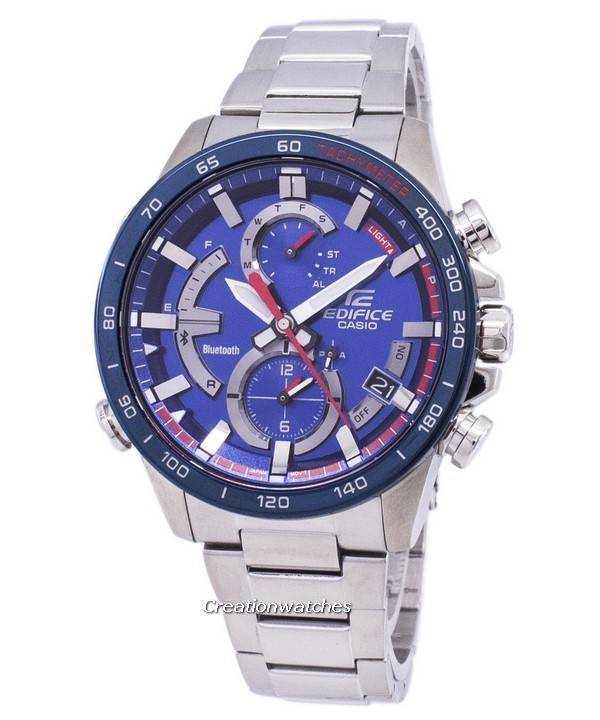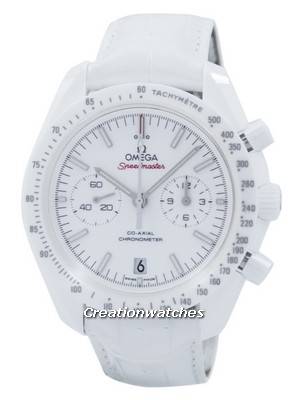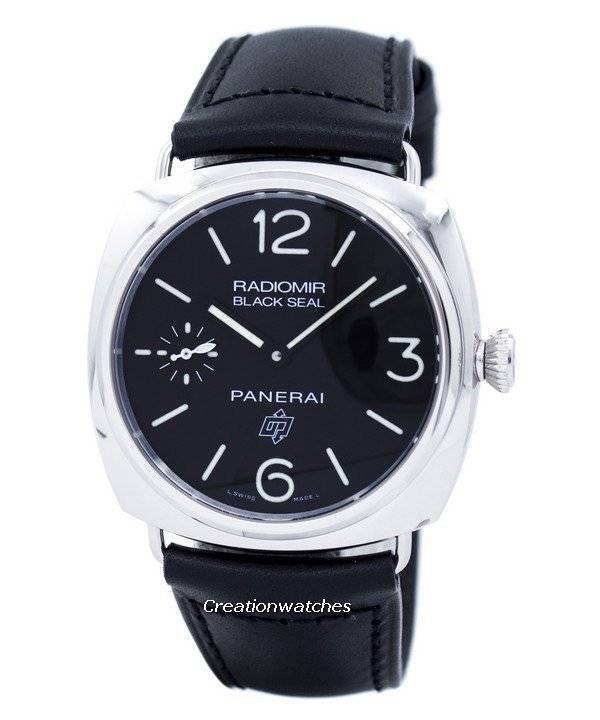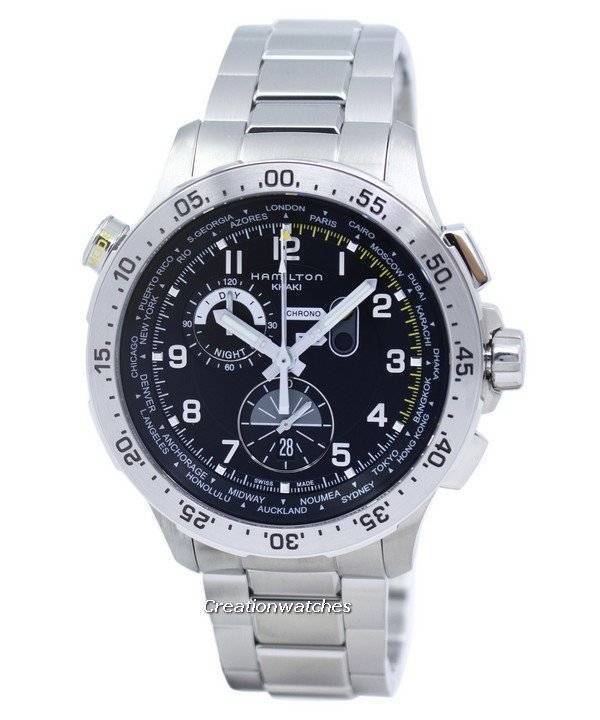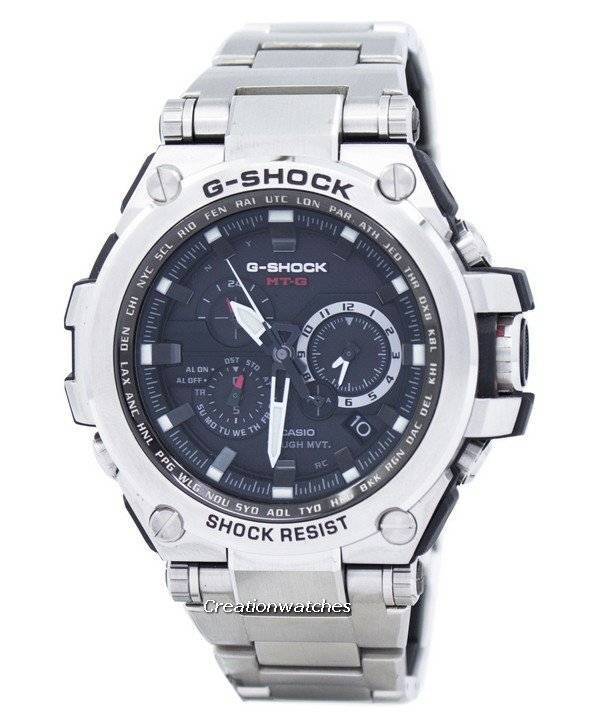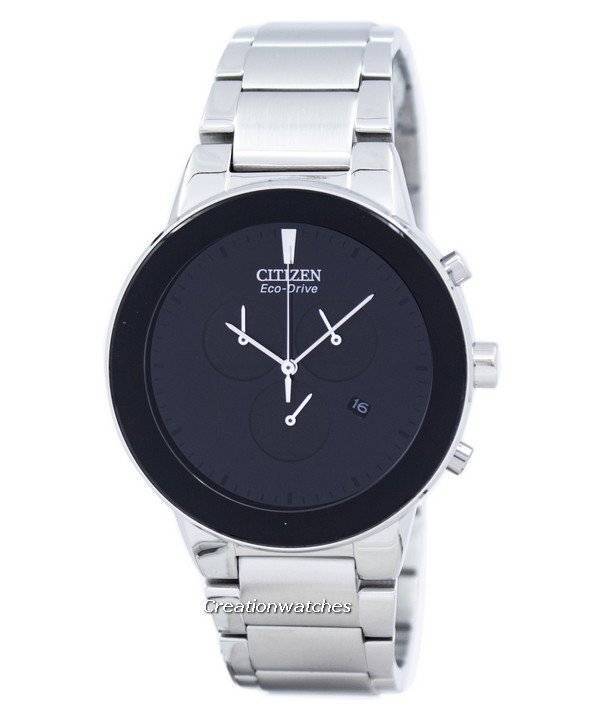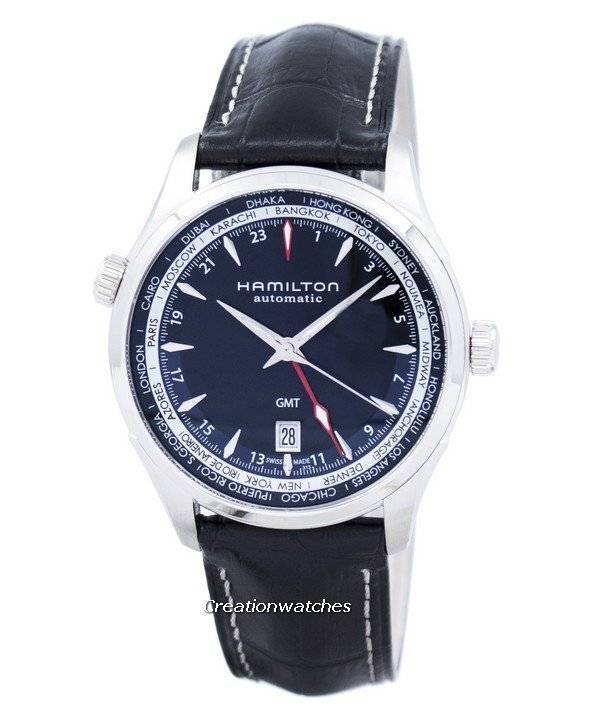 There’s no denying that some very tough watches are around that can go ticking for ages with simple care like a wipe and not throwing it deliberately under truck wheels. But mechanical parts run and last a lot better with periodic adjustments and lubrication. With state of the art air/water sealing, the lubricant may last a lot longer but eventually, everything sees an end. If you stay careful about when these lubricants are starting to break down, you can stop the wearing of parts and resulting gear shifts; though they are very less in magnitude, they make accuracy flinch up to a great deal.
There’s no denying that some very tough watches are around that can go ticking for ages with simple care like a wipe and not throwing it deliberately under truck wheels. But mechanical parts run and last a lot better with periodic adjustments and lubrication. With state of the art air/water sealing, the lubricant may last a lot longer but eventually, everything sees an end. If you stay careful about when these lubricants are starting to break down, you can stop the wearing of parts and resulting gear shifts; though they are very less in magnitude, they make accuracy flinch up to a great deal.
We earlier discussed regulation, so we won’t get into that. Let’s see instead how frequently you should go for a complete servicing.
The frequency of service is a debatable topic. Some say it is good being regular with it (every 2 to 3 years) while others wait till the watch starts showing the initial symptoms. If you want to stick to the middle path, a trip to the service centre every 5 years is a good idea. It will prevent stress and fatigue from taking over the watch parts and you will save the replacement costs.
However, this is a lengthy process. A complete overhaul means they will take out your watch’s innards; disassembling, cleaning and lubricating each component and putting in new gaskets. The adjusting and regulating parts come next and then the test phase. You can do away without your watch for a week out of 260.
Now to the cost. For simple mechanicals, the price ranges roughly from $50 to $100; $250; for chronographs and higher complications, it may go well above $250.
$100; $250; for chronographs and higher complications, it may go well above $250.
It may so happen that your watch starts running worse after a service. It’s only human to feel infuriated but also check if there’s magnetism playing a trick. If it starts gaining or losing 20 seconds or more every day, you can be sure. It means the hairspring coils got magnetized and are sticking together, shortening the rotation of the balance wheel. This increases the beat rate. Most of the time, a demagnetizing machine solves the problem.
But tangled coils are tougher to deal with. The coils may get entangled if the movement faces any jolt, vibration or shock. It shortens balance wheel’s rotation the same way as magnetism does and beat rate is significantly increased.
Overall poor operations often have the above two as underlying reasons. If your watch is running slow for long, no amount of regulation came to use, power reserve runs down too soon and stops working every now and then, it might have fallen victim to shock and magnetism. Such situations need a complete overhaul; it’s not something you need every couple of years.



































